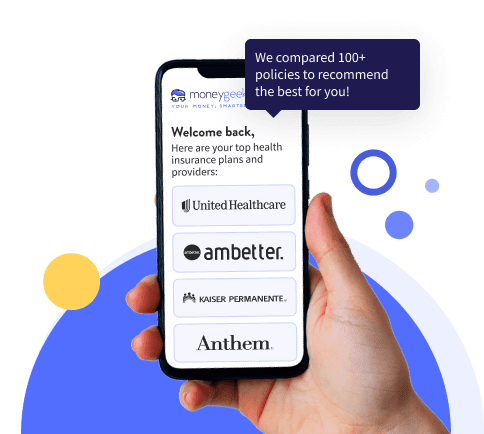Adding your girlfriend or boyfriend to your health insurance depends on your insurer's domestic partnership requirements and state regulations. You'll need official documentation proving shared finances and cohabitation, such as utility bills, joint bank accounts or a co-signed mortgage.
Only 11 states recognize domestic partnerships for health insurance. Even if your state allows it, your insurance company determines specific qualification requirements.



